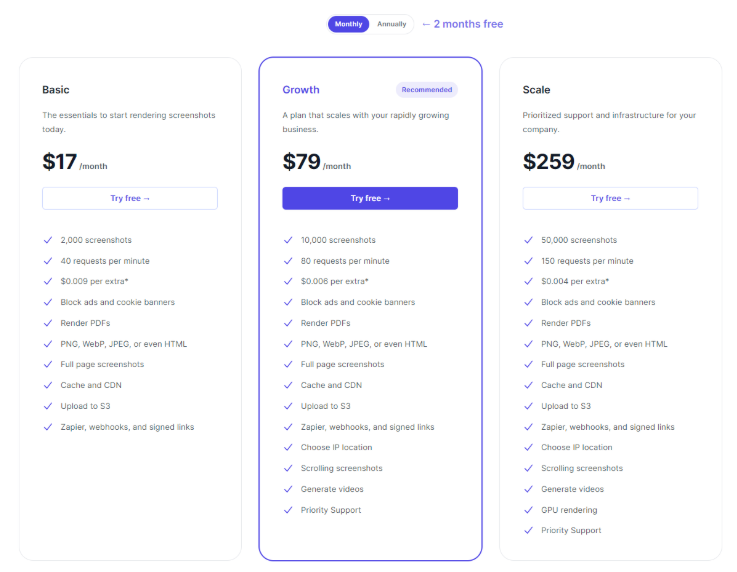“Which would you buy? A dress shirt priced at $60 or the very same dress shirt, priced at $100, but ‘On Sale! 40% off! Only $60!’?” — Dan Ariely and Jeff Kreisler
What is called Anchoring?
“The first number thrown into a negotiation becomes the anchor, and everything else revolves around it.”
Chris Voss, Never Split the Difference
Anchoring bias, or anchor bias, refers to our tendency to rely too heavily on the first piece of information we receive.
If what you sell is a commodity, people will always find a way to compare your product’s price with that of your competitors. When pricing is the only factor, then there’s little to no connection involved in the purchase.
So, how do some companies convince customers to buy their products without even considering the competition?
They use anchoring to guide customers in making quick decisions, especially when the stakes are low. But anchoring can also work in high-stakes situations when executed brilliantly, helping customers to buy their product.
A great example is Rolls-Royce.
They stopped exhibiting at car shows and instead started showcasing their cars at private jet exhibitions.
As Rory Sutherland explains, “If you’ve been looking at jets all afternoon, a £300K car is an impulse buy. It’s like putting the sweets next to the counter.”
By anchoring the car next to far more expensive private jets, Rolls-Royce makes their luxury cars seem like a relatively small, easier decision.
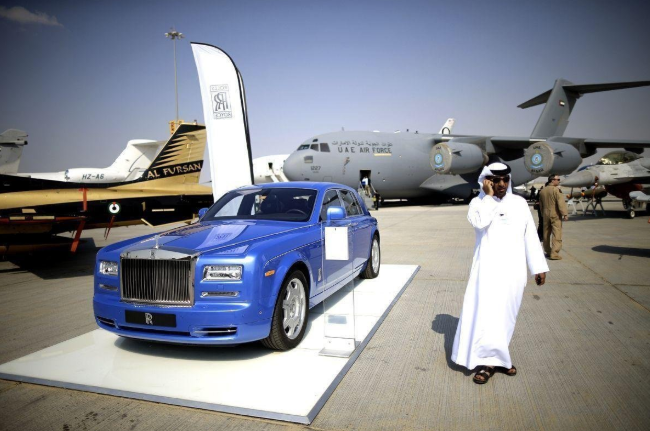
Why is Anchoring Bias Not Always a Bias?
We don’t always have the mental capacity to deeply analyze every decision we make in life. To simplify decisions, especially for less important matters, we often rely on the first piece of information we receive—this is where anchoring comes in.
People use heuristics, or mental shortcuts, to make judgments about their surroundings. The goal of using heuristics isn’t necessarily to make the “right” or “wrong” choice, but rather to make decisions quickly and efficiently.
Benefits of Using Anchoring as Pricing Strategy:
Anchoring simplifies the decision-making process for consumers. With a clear reference point, customers can make quicker judgments about what they should buy, reducing decision fatigue.
“Two different mechanisms produce anchoring effects—one for each system. There is a form of anchoring that occurs in a deliberate process of adjustment, an operation of System 2. And there is anchoring that occurs by a priming effect, an automatic manifestation of System 1.”
Daniel Kahneman
How to Use Anchoring as a Pricing Strategy
- Present a High Initial Price
- Tiered Pricing Models (Good, Better, Best)
- Discount Anchoring
- Price Bundling as a Anchoring
- Decoy Pricing
- Anchoring With the Competitor Products
1. Present a High Initial Price (Premium Anchoring)
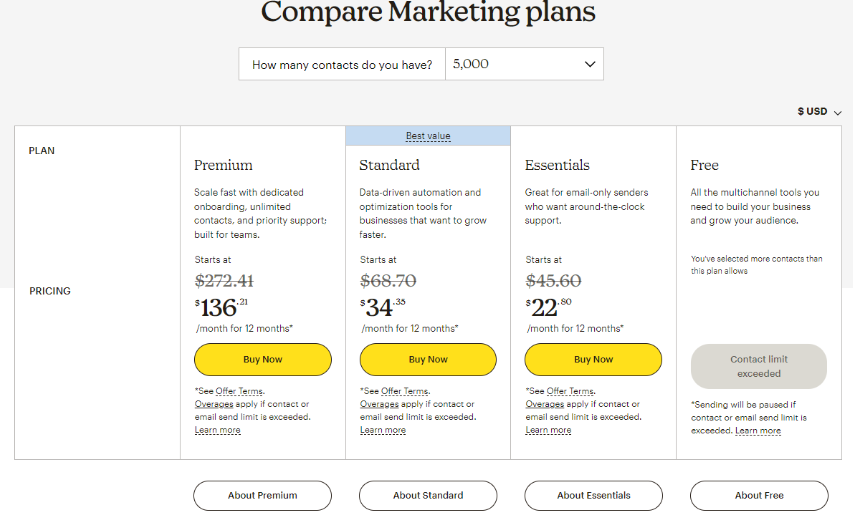
How it works: Introduce the highest-priced option first.
This sets the anchor, making other options seem more affordable or valuable by comparison.
Example: Mailchimp shows a comparison of marketing plans for 5,000 contacts, starting with the Premium Plan at $136/month, followed by the “Standard” plan at $34.35/month (which they also label as “recommended”), and the “Essentials” plan at $22.80/month.
The high anchor makes the middle-tier option (Standard) seem like a reasonable compromise, driving more sales to that plan.
2. Tiered Pricing Models (Good, Better, Best)
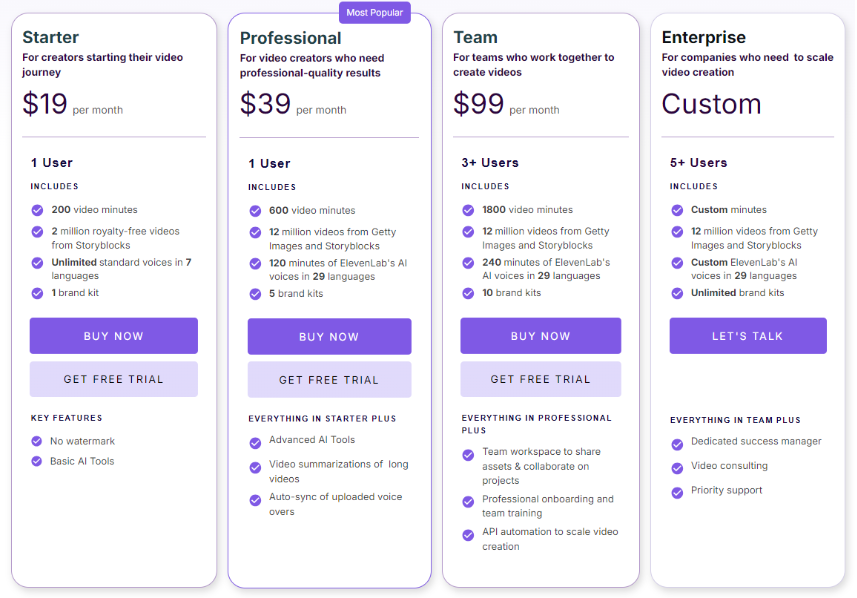
How it works: Offer products or services in three pricing tiers (e.g., Basic, Pro, Premium). By anchoring on the highest tier, the middle option often appears more attractive.
Example: Pictory.ai offers four types of plans: Standard at $19/month, Professional at $39/month, Team at $99/month, and Custom. The Professional plan is highlighted as the most reliable, and it’s marked as the “popular” choice.
The Team plan acts as an anchor at a higher price, making the Professional plan seem like a great deal, offering more features at a reasonable price.
3. Discount Anchoring
Among all anchoring options, discounting is the most powerful when used properly.
- Start with the Original Price (High Anchor) and reveal the discounted price
Present the original, higher price first to set a reference point in the customer’s mind. This creates a perception of value when they see the discounted price.
Example: ScreenshotOne.com – Get 2 month free when you opt for Annual plan
There is a pointer next to the annual plan which offers 2 months free.
- Use a strikethrough, highlight the percentage discount, and explicitly show savings on the original price.
Using a strikethrough on the original price next to the discounted price visually emphasizes the savings and reinforces the perception of a good deal. Additionally, highlighting the percentage discount, such as 28% off, captures attention.
Explicitly stating how much the customer saves in dollar terms helps them clearly see the value of the discount, making the offer more compelling and increasing the likelihood of a purchase.
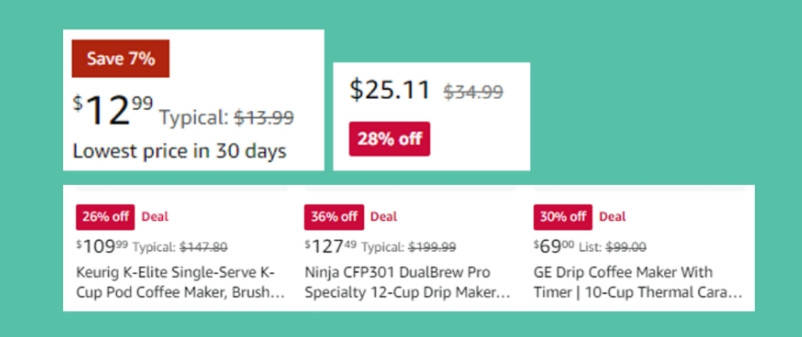
- Framing Discounts as Percentage vs. Fixed Amount
How it works: Frame your discounts in a way that maximizes the perception of value. A 50% off discount anchors the reduction as significant, whereas $10 off may not have the same impact.
Example: On a product priced at $40, offering 50% off (now $20) anchors the customer to think they are saving a significant portion, even though $20 off sounds less impressive.
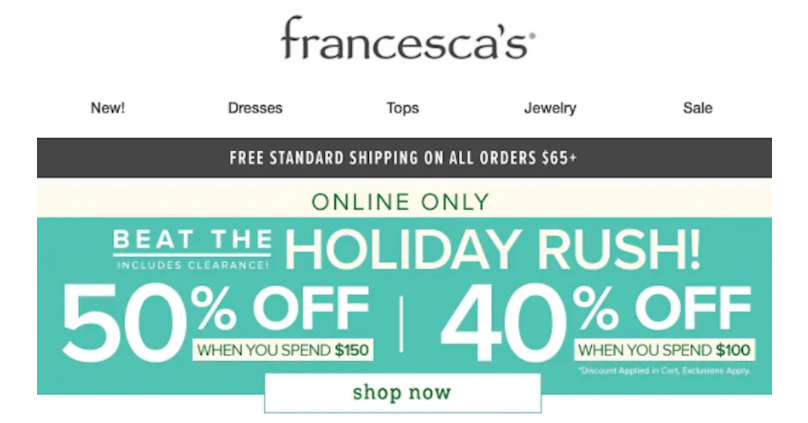
Why it matters:
Consumers are more likely to respond positively when the discount sounds larger—even if the actual amount is the same. That’s why marketers choose the framing (percentage vs. fixed amount) based on the product’s price.
In Francesca’s example, a “50% off” discount appears more enticing than a “Save $75” offer, even if both represent the same monetary savings.
Note: If you are in EU, please read this directive to avoid getting fined.
The EU Pricing Directive, formally known as the Omnibus Directive, aims to enhance consumer protection across the European Union by regulating how prices and discounts are displayed to ensure transparency.
Key elements of the directive include:
- Transparency in Price Reductions: Retailers must clearly display the lowest price at which a product was sold in the 30 days before any discount. This prevents artificially inflated “pre-discount” prices to make discounts seem more significant.
- Clarified Consumer Rights: The directive strengthens the right to information, including transparent pricing and details about personalized pricing based on algorithms, ensuring consumers understand how prices are determined.
- Fines for Non-Compliance: National authorities can impose significant fines for non-compliance with the directive, ensuring adherence to transparent pricing practices.
- Scope of Application: It applies to both physical and online retailers, covering a broad range of goods and services sold within the EU.
4. Product Bundling as a Anchoring
Package multiple products together and set a price that reflects a perceived savings. By comparing the bundled price to the sum of the individual prices, you create an anchor that highlights the value.
- Fast Food Meals: Many fast-food chains offer meal deals that bundle a burger, fries, and a drink at a lower price than purchasing each item separately.
For example, McDonald’s frequently promotes a ‘Value Meal,’ making the overall package appear more appealing.
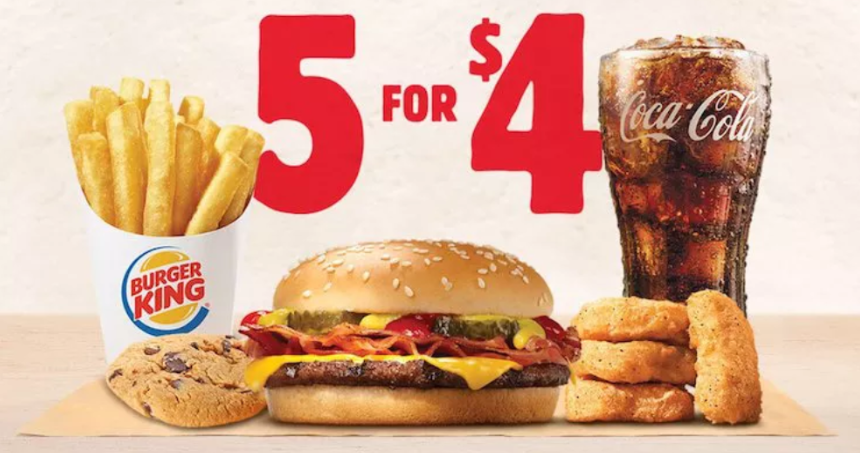
- Skinny & Co’s Cleansing Balm 3-pack bundle showcases an attractive example of bundle pricing with quantity discounts.
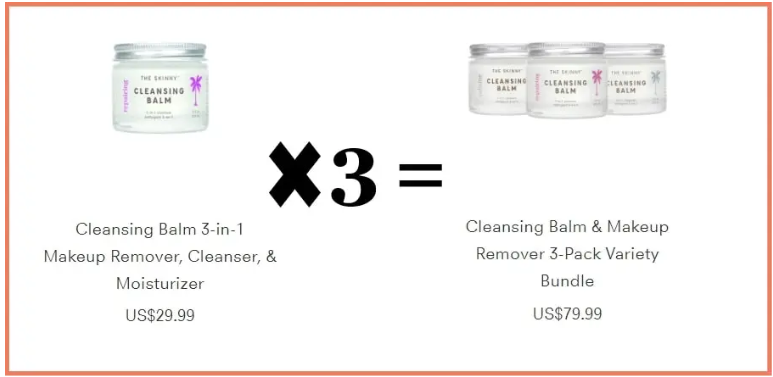
- Create Bundles using Goals: Let buyers’ problems inform the type of product bundle you create. For example, Alpkit offers a bundle specifically designed for marathon runners.
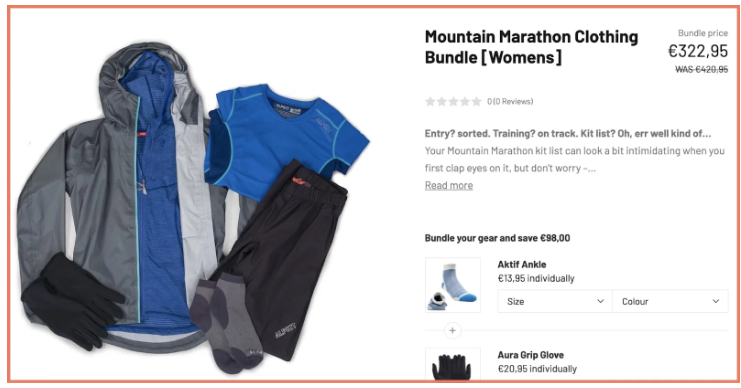
5. Decoy Pricing
Decoy pricing is a strategy where a business introduces a third, less attractive option (the ‘decoy’) to make one of the other two options more appealing. The decoy is typically priced in a way that makes the middle or higher-priced option seem like the best value, guiding customers toward that choice.
How Decoy Pricing Works:
- Option A (Low-priced option):
Basic and affordable, but may lack features or perceived value. It serves as an entry-level anchor. - Option B (Mid-priced option – Target):
Slightly higher price but offers significantly better value — the option you want customers to choose. - Option C (High-priced decoy):
Priced close to Option B, but deliberately less attractive in terms of features or benefits. This makes Option B seem like the smarter, more valuable choice.
Real-Time Examples:
- Coffee Shop
- Small Cup: $2.99
- Medium Cup: $6.99
- Large Cup: $7.99
The small seems too small, the large seems like a steal for just 1 dollar more than the medium, pushing customers to buy the large.
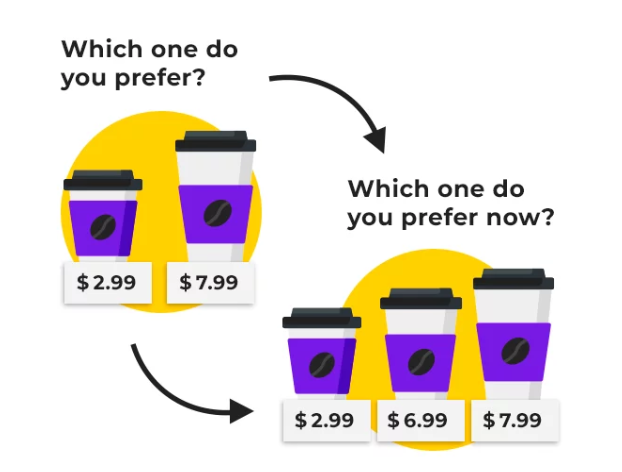
🎯 Price Anchoring + Decoy Effect
- The medium acts as the decoy.
- It makes the large look like a far better deal for just $1 more.
- Customers think: “Why not get a lot more for just a bit more?”
So yes, the medium price is intentionally unattractive. It pushes people toward the higher-margin large.
If you wanted more people to choose medium, you’d need to make the large more expensive or reduce the gap between small and medium.
Example: Small Cup: $2.99 (Low), Medium Cup: $4.99 (Target), Large Cup: $8.99 (Decoy)
Subscription Services – TheAustralian.com.au
- Digital Plan: $11/week
- Digital + Weekend Delivery Plan: $13/week (2 days in a week)
- Digital + 6 Day Delivery Plan: $22/week (22 days in a week)
Digital + Weekend Delivery Plan is close in price to Digital + 6-Day Delivery, making it feel less valuable.
Most customers might choose the 6-Day Plan, even though it’s significantly more expensive.
The medium plan (Digital + Weekend Delivery) is likely to be ignored because the 6-Day Plan seems like a much better deal for just $9 more.
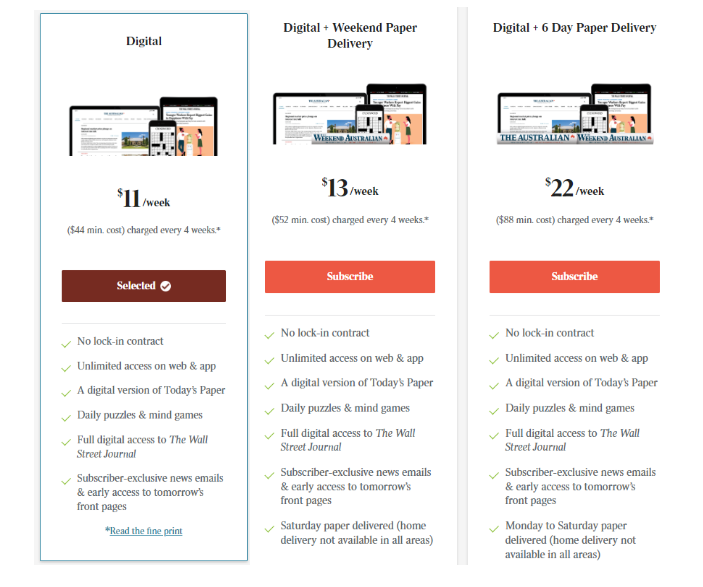
6. Anchoring With the Competitor Products
- Anchoring with Competitor’s Price
How it works: Display your product alongside a more expensive competitor’s product. The competitor’s higher price acts as an anchor, making your product appear to offer better value.
Example: If a competitor sells a similar product for $500, but yours is priced at $350, the $500 anchor makes your $350 price seem like a great deal.
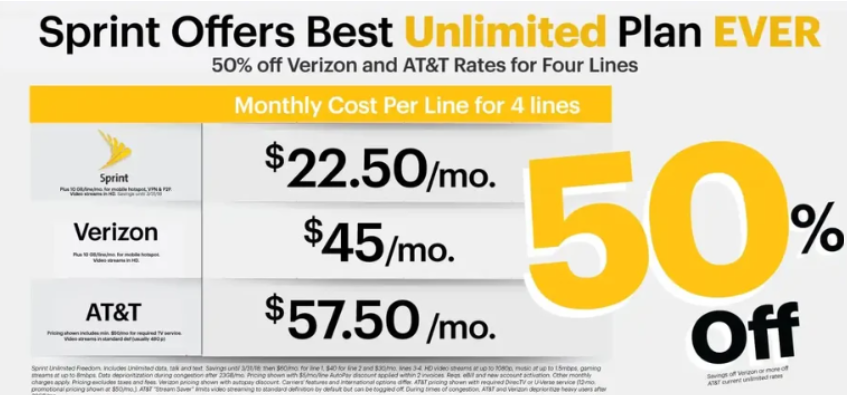
How to Use This Effectively:
- On Your Website/Product Page: Make sure to display both your price and the competitor’s price side by side. This way, visitors can easily see the difference and immediately recognize the value you offer.
- In Email Marketing: In your emails, highlight the price comparison. Show customers how much they can save by choosing your product, making them feel like they’re getting a great deal.
- For Advertising: When running ads (on Facebook, Google, etc.), make the price comparison a focal point. Point out the savings they’ll get by purchasing from you instead of paying more for a competitor’s product.
Anchoring with Competitor’s Features when the price is similar
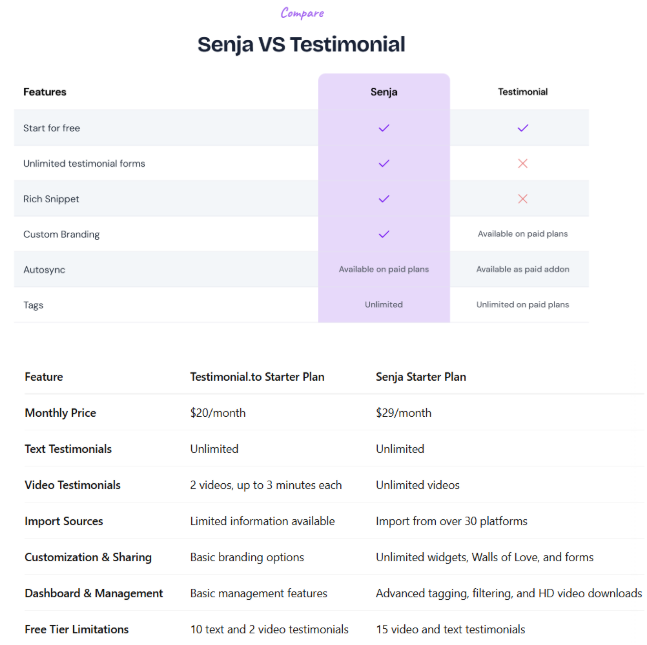
Both Senja and Testimonial.to offer valuable features for collecting and displaying testimonials.
Senja provides a more affordable solution with unlimited video and text testimonials across all plans, along with advanced customization options.
On the other hand, Testimonial.to offers a free plan with basic features and tiered pricing for more advanced functionalities.
Conclusion:
Incorporating anchor pricing into your marketing strategy can significantly influence consumer behavior and boost sales performance. By thoughtfully establishing reference points, businesses can shape how customers perceive value and make purchasing decisions.
As behavioral economist Dan Ariely said, “Humans don’t know what they want until they see it in context.” Anchor pricing creates that context—whether through high initial pricing, strategic discounts, or tiered options.
Warren Buffett also noted, “Price is what you pay. Value is what you get.” Anchor pricing helps customers feel they’re getting more value for their money, especially when the pricing structure is designed to highlight a “smart choice.”
By applying this approach, businesses can create a compelling pricing narrative—guiding customers, boosting conversions, and increasing satisfaction.

